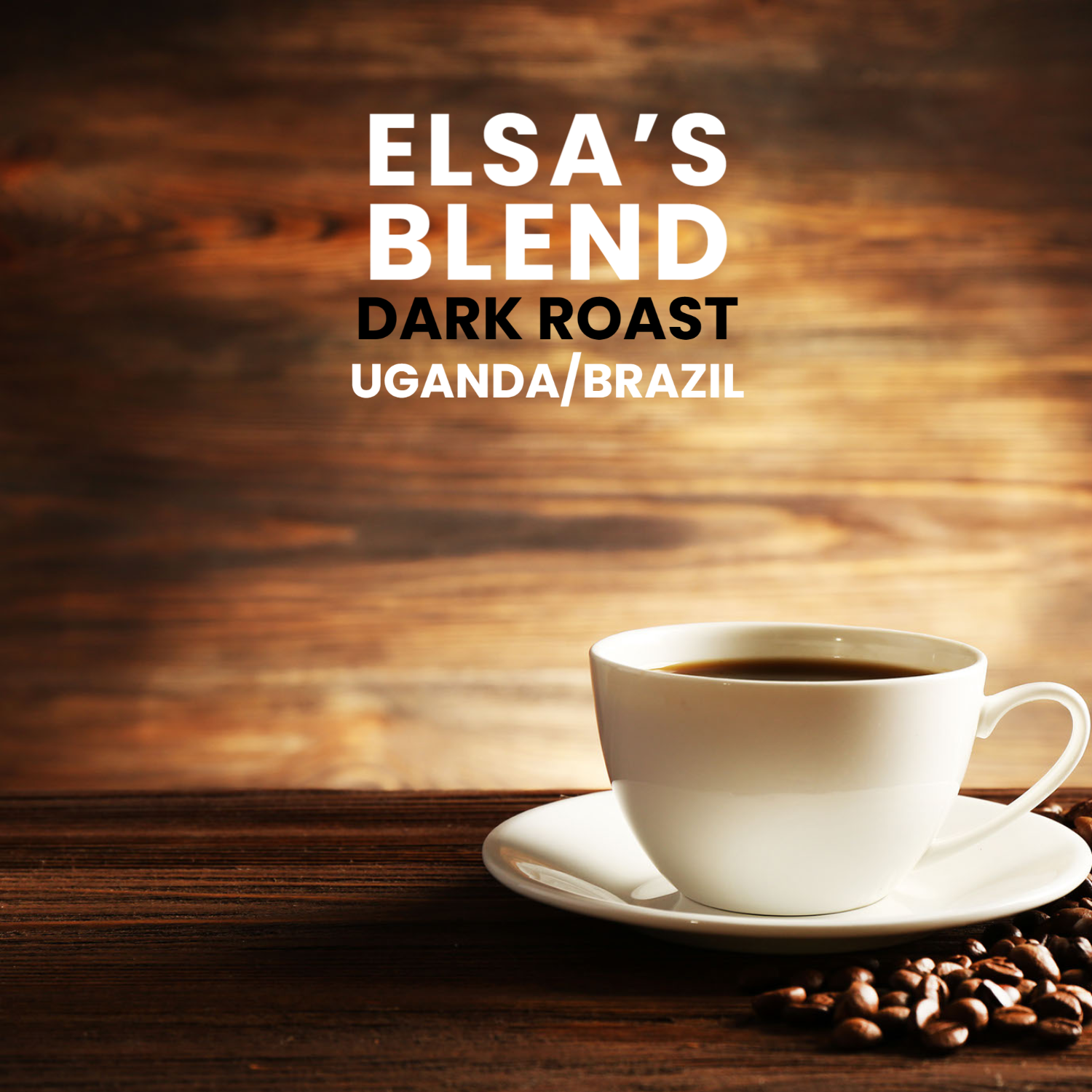Brewing Methods: The Moka Pot (Stovetop Espresso Maker)
I LEARNED SOMETHING NEW…
One of my favorite ways of making coffee is with the Moka Pot. I’ve used one for a while, and it’s one of the oldest and most common brewing methods worldwide. And although I’ve enjoyed it, I was today years old when I learned that the Moka Pot (and Cafe Mocha, for that matter) was named after Mokha, Yemen, a high-traffic port important to the coffee trade in the early 1900s.
You would think that meant a Yemeni invented it, but nope, it was invented by Alfonso Bialetti, an Italian engineer, in 1933. He was an expert in aluminum, and his invention, The Moka Express, is made of aluminum. It’s also the design that so many others pattern after.
AND I’VE GOT MORE TO LEARN
The Moka Pot, also known as a stovetop espresso maker, is a classic brewing method that produces a strong and rich cup of coffee. It works by brewing coffee using steam pressure, resulting in a coffee that is stronger than drip coffee but not as concentrated as espresso.
Although I am still experimenting, and I haven’t perfected it yet, it’s fun to use and I make a decent drink using this method.
In future posts, I’ll share things like how to use it to make Cuban coffee or cappuccinos and some other drinks. But in this recipe, it’s just the basics, and along the way I’ll point out a few things you can adjust to achieve a different tasting experience.
THE OLE DOG’S MOKA POT RECIPE
GRIND - Fine (My Mrs prefers a coarse grind.)
RATIO - 1:10 (You may want to try different ratios as you experiment with roast varieties.)
WHAT YOU’LL NEED
Moka Pot
Can’t make Moka Pot coffee without a Moka Pot. We sell this stylish 5.5* cup maker from Zulay Kitchen.
At $19.99, it’s a great alternative for espresso. Mention this blog post and take $2.00 off your in-store purchase.
(*note: Espresso “cups” are about 2 ounces, not 8.)
Burr Grinder (For more information on grinders and coffee grinding, check out this post.)
Kitchen Scale (For more information on scales and ratios, check out this post.)
Ole Dog’s Coffee
As with most espresso drinks, I recommend a dark roast. (When I make it for my wife, I use a flavored coffee. She loves our blueberry Medium Roast.)
STEP-BY-STEP INSTRUCTIONS
Set the water chamber on your scale (zero out your scale) then add water.
Use high quality drinking water. For more on that topic, click here.
Some people prefer to start with hot water in the chamber to expedite the process. I’ve not experimented with that yet.
FILL THE WATER CHAMBER TO JUST BELOW THIS VENT HOLE
Divide that number by 10 to determine how much coffee to use.
Place the filter basket into the water chamber
Add your measured coffee to the basket.
Tamp down the coffee
Do this gently, light pressure
Some people prefer loose coffee. Experiment.
Re-assemble the top and bottom parts, firmly (not tightly) turning the top part as if putting the lid on a jar. (Clean off all excess coffee first, to ensure a good seal.)
Place the unit on your stovetop over low heat, with the lid up.
This is one of the slower brewing methods. The coffee will, eventually, begin bubbling into the top of the pot.
Some people prefer medium heat for a faster brew. If you try that, once the bubbling begins, remove the pot from the heat.
I find that I prefer a slower brew, but you should experiment.
Once the bubbling begins, close the lid, and wait until you hear the sputtering sound.
Pour into a prepared mug or espresso cup.
Preheat your mug.
In future posts, this is where I would tell you to add hot milk or sweet cream or other elements to the mug before pouring. Don’t wait for me, feel free to play around.
Most of the coffee and equipment you need to make the coffee you read about in these blog posts are available at Ole Dog’s Coffee Culture in Galion. Feel free to stop by to take a look, handle them, and ask questions.
And be sure to consider attending one of our popular home coffee-making classes or booking us for a private class.
In the meantime, be well, do good, and drink great coffee!





